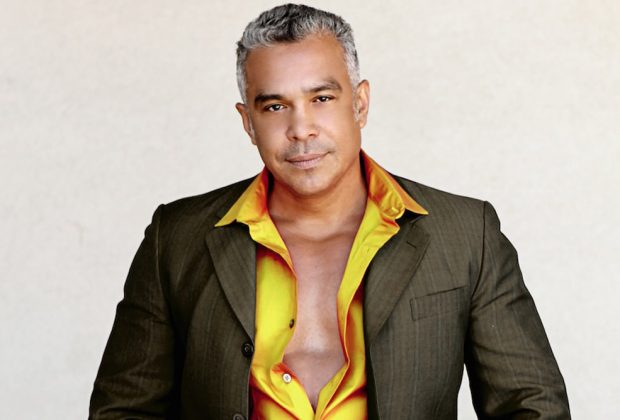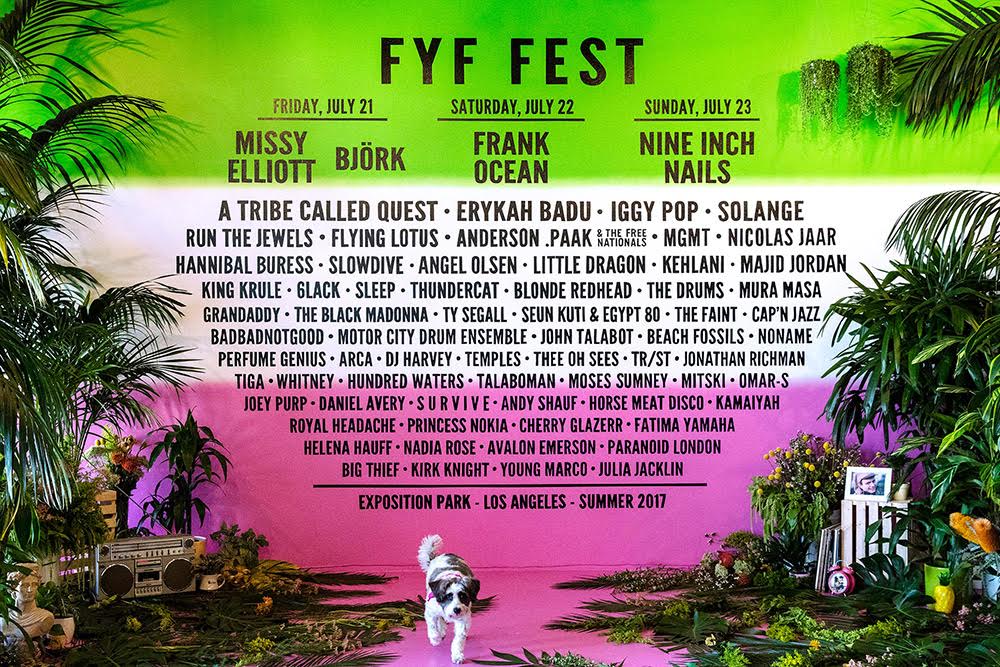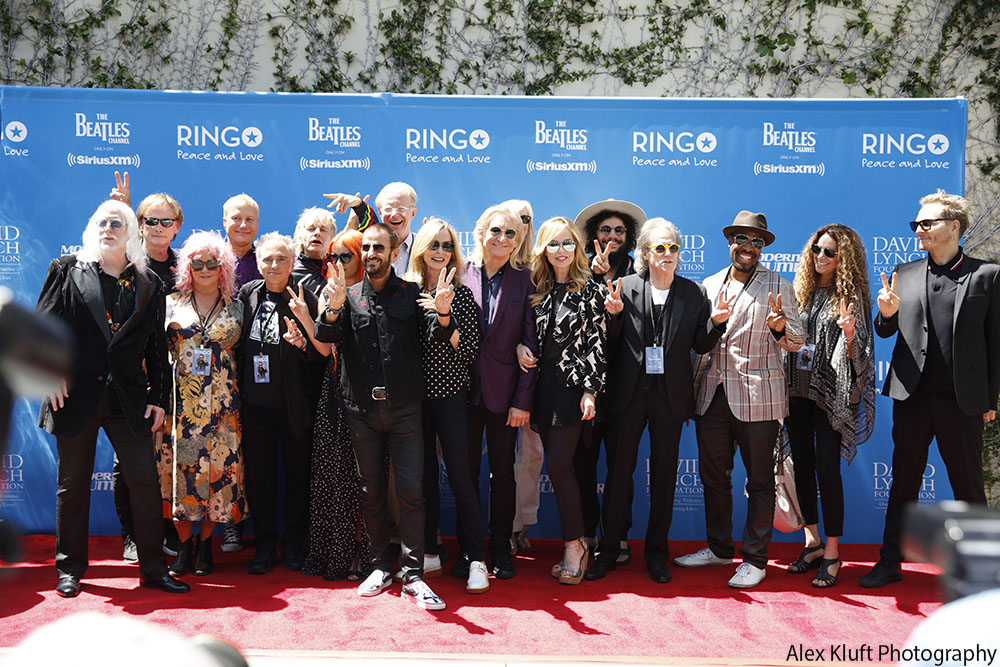DJ, writer and producer Tony Moran has produced stacks of dance club singles and has worked with artists including Gloria Estefan, Madonna and Martha Wash. He’s twice been honored with a Grammy nom and has remixed a cross-section of songs including KC and the Sunshine Band’s “I Love You More,” Donna Summer’s “Valley of the Moon” and, indeed, Michael Jackson’s “Billie Jean.” He’s known widely for his first hit: the Cover Girls’ “Show Me” and in 1981 he and collaborator Albert Cabrera formed the Latin Rascals. Notably, he’d earned his first gold record comfortably before the age of 21.
Moran launched his career as a teenaged DJ when radio DJ jugger- naut Carlos De Jesus overheard one of Moran’s cassettes and invited him to come into the station. It wasn’t long until his edits made it to air and producer Arthur Baker caught one of them. He called the station, tapped Moran to do some work at famed Electric Lady Studios and his career was thereby set upon an unstoppable trajectory.
To get the best out of an artist, Moran finds that establishing a comfortable and exploratory environment delivers the best results. “When I worked with Luther Vandross, I’d approach [a new project] by saying, ‘If you want to do some things that are new, let me tell you how you see the story and how I see the story,’” he recalls. “It wasn’t the same formula they’d always used and they noticed after a few takes that it was different.To me, getting the best out of some- one is to get them to explore them- selves. Anything that opens your mind and your god-given instrument leads to something new. Because of situations like that, I was hired to work on Gloria Estefan’s Gloria!”
Remixing represents its own branch of music’s evolutionary tree. Just as it’s grown, Moran has continued to refine and expand his process. “I’ve now done a few hundred remixes,” he observes. “Song is primary. Not all of them are meant to transform into dance tempos be- cause of the melodic structure. There have been cases where I couldn’t get the vocal to where it sounded natural so I’d ask the artist to consider singing it again; maybe cutting out a few syllables here and there. Each song represents a new challenge.”
On the subject of challenges, one of his biggest is when an artist expects him to replicate the success of an earlier record. “In the music business, you’re always on to the next project just as the last thing is happening,”he says. “You’re kind of ahead of the curve, mentally. When something becomes really hot, I get calls from people asking me to do the same thing over again; they want me to do for them what I did for, say, Rihanna. I want to make it so that the songs can be played in the same set.”
Moran’s 28-song two-CD set mood swings, which dropped earlier this year, stood as an opportunity for him to put together “a producer show- case album,” in his words. “I’ve written pretty much on every song on that album, along with various collaborators,” he says of the record. “It also provides a spectrum of styles that I’ve connected with. There’s more than one shade to Tony Moran. This is my musical calling card.”
Last year Billboard magazine ranked Moran as the 92nd most successful dance artist of all time. Projects in his future include the Nile Rodgers single “My Fire” as well as work with Kimberly Davis, lead singer of Chic.












